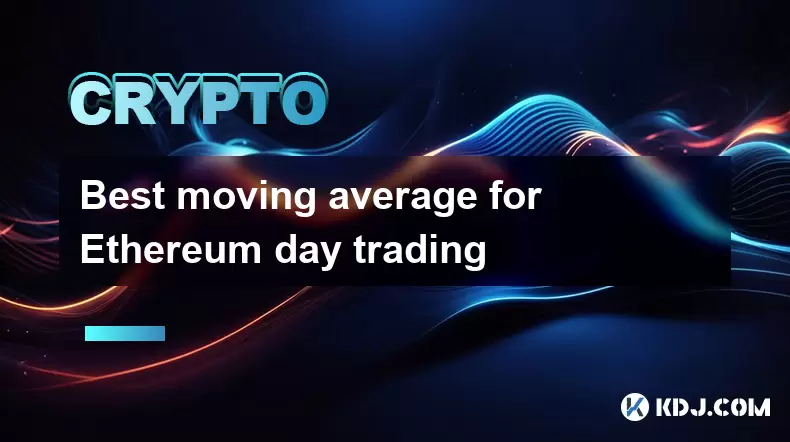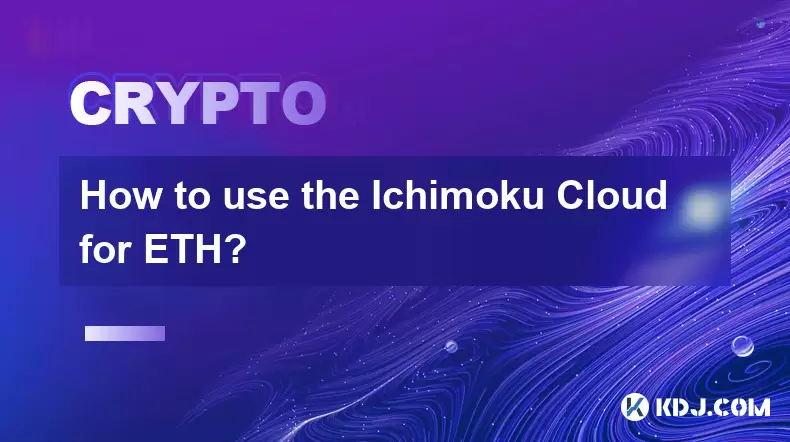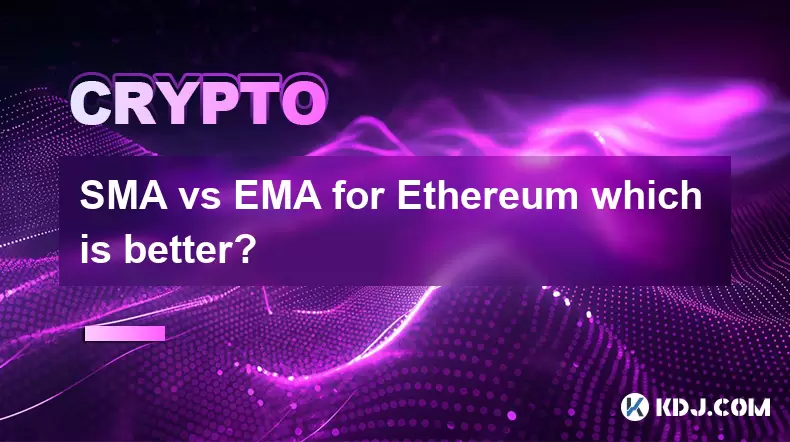-
 Bitcoin
Bitcoin $118100
-0.44% -
 Ethereum
Ethereum $3585
5.43% -
 XRP
XRP $3.434
5.65% -
 Tether USDt
Tether USDt $1.000
0.02% -
 BNB
BNB $743.8
3.89% -
 Solana
Solana $178.7
3.84% -
 USDC
USDC $1.000
0.03% -
 Dogecoin
Dogecoin $0.2381
12.81% -
 TRON
TRON $0.3270
3.62% -
 Cardano
Cardano $0.8315
4.93% -
 Hyperliquid
Hyperliquid $44.51
-4.42% -
 Stellar
Stellar $0.4710
1.52% -
 Sui
Sui $3.896
-2.51% -
 Chainlink
Chainlink $18.09
6.98% -
 Hedera
Hedera $0.2681
9.31% -
 Bitcoin Cash
Bitcoin Cash $516.7
4.83% -
 Avalanche
Avalanche $23.95
6.96% -
 Shiba Inu
Shiba Inu $0.00001490
5.67% -
 UNUS SED LEO
UNUS SED LEO $8.966
0.80% -
 Toncoin
Toncoin $3.294
4.39% -
 Litecoin
Litecoin $105.4
4.69% -
 Polkadot
Polkadot $4.356
5.30% -
 Uniswap
Uniswap $10.29
17.25% -
 Monero
Monero $327.9
-3.04% -
 Bitget Token
Bitget Token $4.942
4.33% -
 Ethena USDe
Ethena USDe $1.001
0.08% -
 Pepe
Pepe $0.00001348
2.17% -
 Dai
Dai $1.000
0.02% -
 Aave
Aave $320.8
0.58% -
 Bittensor
Bittensor $411.8
-4.07%
Best moving average for Ethereum day trading
Moving averages like SMA, EMA, and WMA help Ethereum day traders identify trends, time entries, and filter noise in volatile markets.
Jul 19, 2025 at 01:42 am

Understanding the Role of Moving Averages in Ethereum Day Trading
In the realm of Ethereum day trading, moving averages are indispensable tools for identifying trends and potential reversal points. These technical indicators smooth out price data over a specified period, allowing traders to filter out noise and focus on the underlying momentum. The most effective moving averages for Ethereum trading depend on the trader's strategy, time frame, and market conditions. Given Ethereum's volatility, selecting the right moving average can significantly impact trading outcomes.
Simple Moving Average (SMA) – A Foundation for Trend Analysis
The Simple Moving Average (SMA) calculates the average price of Ethereum over a set number of periods. For instance, a 20-period SMA would take the closing prices of the last 20 intervals and divide them by 20. This provides a smoothed-out trend line that helps traders identify whether Ethereum is in an uptrend or downtrend.
- Short-term traders often use the 9 or 20-period SMA to capture quick price movements.
- Intermediate trend followers may rely on the 50-period SMA to gauge medium-term momentum.
- Longer-term day traders sometimes combine the 200-period SMA to understand broader market sentiment.
The SMA's lagging nature makes it less responsive to sudden price changes, but when combined with other tools, it becomes a powerful filter for trade entries and exits.
Exponential Moving Average (EMA) – Faster Response to Price Changes
The Exponential Moving Average (EMA) places more weight on recent price data, making it more responsive to new information. This is particularly useful in fast-moving Ethereum markets where delays in signals can lead to missed opportunities.
- The 12-period EMA is commonly used for short-term momentum tracking.
- The 26-period EMA serves as a mid-term signal line in many trading strategies.
- Crossovers between EMAs (e.g., 12 and 26) are frequently used to generate buy or sell signals.
Traders often pair EMAs with the MACD (Moving Average Convergence Divergence) to confirm trend strength and potential reversals. The EMA’s sensitivity to price fluctuations makes it ideal for intraday Ethereum trading where timing is critical.
Weighted Moving Average (WMA) – Customizing Sensitivity to Recent Prices
The Weighted Moving Average (WMA) assigns a specific weight to each data point, typically increasing the weight as the data point becomes more recent. This allows traders to fine-tune sensitivity to current price action, which is particularly useful in volatile Ethereum markets.
- Traders using WMA can adjust weights based on their strategy, giving them more control over how the indicator reacts.
- A 10-period WMA might be used for scalping strategies, where speed and precision are crucial.
- Combining WMA with other moving averages can create a layered approach to trend confirmation.
The WMA’s flexibility makes it a favorite among advanced traders who want to tailor their indicators to specific market behaviors.
Using Multiple Moving Averages for Ethereum Day Trading
Relying on a single moving average can lead to false signals, especially in highly volatile markets like Ethereum. Combining multiple moving averages can improve accuracy and reduce noise.
- The "Golden Cross" occurs when a short-term moving average crosses above a long-term one, signaling a potential uptrend.
- The "Death Cross" is the opposite, indicating a possible downtrend.
- Triple EMA strategies (e.g., 9, 21, and 55-period EMAs) allow traders to identify strong trends and filter out weak ones.
These combinations help traders avoid whipsaws and focus on high-probability setups. The key is to test different combinations on historical Ethereum data to find what works best for your trading style.
Setting Up Moving Averages on Trading Platforms
Most trading platforms support the integration of moving averages directly into candlestick charts. Here's how to apply them effectively:
- Choose a reliable trading platform like Binance, TradingView, or Coinbase Pro.
- Navigate to the chart settings and select the "Indicators" or "Studies" menu.
- Search for "Moving Average" and choose the type (SMA, EMA, WMA).
- Set the period and color for visual clarity.
- Add multiple moving averages by repeating the process for each desired line.
Ensure that your chart settings are optimized for Ethereum’s volatility, using time frames like 15-minute, 30-minute, or 1-hour intervals for day trading.
Frequently Asked Questions (FAQ)
Q: Can I use moving averages for scalping Ethereum?
Yes, moving averages like the 9-period EMA or 10-period WMA are suitable for scalping due to their responsiveness. Traders often combine them with RSI or Stochastic indicators for confirmation.
Q: Should I rely solely on moving averages for Ethereum trading?
While moving averages are powerful, they work best when combined with volume indicators, support/resistance levels, and other technical tools to enhance accuracy.
Q: How do I backtest moving average strategies on Ethereum?
Use platforms like TradingView or MetaTrader to apply moving averages to historical Ethereum charts. Set up alerts for crossovers and evaluate performance over multiple market cycles.
Q: Are moving averages effective during Ethereum’s sideways markets?
Moving averages tend to generate false signals in ranging markets. It’s advisable to use additional tools like Bollinger Bands or Ichimoku Cloud to identify consolidation phases.
Disclaimer:info@kdj.com
The information provided is not trading advice. kdj.com does not assume any responsibility for any investments made based on the information provided in this article. Cryptocurrencies are highly volatile and it is highly recommended that you invest with caution after thorough research!
If you believe that the content used on this website infringes your copyright, please contact us immediately (info@kdj.com) and we will delete it promptly.
- Solana, Launchpads, and BONK: Riding the Meme Coin Wave in Style
- 2025-07-19 03:50:12
- Dogwifhat, Pepe, and Altcoin 2025: Meme Coin Mania or Real Utility?
- 2025-07-19 02:50:13
- Bitcoin: From Niche Crypto to Global Asset Dominating Crypto Finance
- 2025-07-19 02:50:13
- Coinbase System Upgrade: What It Means for Your Crypto
- 2025-07-19 02:30:13
- Gold Prices, OTC Tokens, and Mining: A New York Minute on the Golden Rush
- 2025-07-19 03:50:12
- Riding the Crypto Whale: Bitcoin, Altcoins, and the $5 Trillion Dream
- 2025-07-19 02:30:13
Related knowledge

How to use the Ichimoku Cloud for ETH?
Jul 18,2025 at 09:56pm
Understanding the Ichimoku Cloud and Its ComponentsThe Ichimoku Cloud, also known as Ichimoku Kinko Hyo, is a versatile technical analysis tool that p...

SMA vs EMA for Ethereum which is better?
Jul 19,2025 at 12:36am
Understanding the Basics of SMA and EMAIn the world of cryptocurrency trading, especially when dealing with Ethereum, technical indicators play a cruc...

Best moving average for Ethereum day trading
Jul 19,2025 at 01:42am
Understanding the Role of Moving Averages in Ethereum Day TradingIn the realm of Ethereum day trading, moving averages are indispensable tools for ide...

How to customize USDT TRC20 mining fees? Flexible adjustment tutorial
Jun 13,2025 at 01:42am
Understanding USDT TRC20 Mining FeesMining fees on the TRON (TRC20) network are essential for processing transactions. Unlike Bitcoin or Ethereum, whe...

USDT TRC20 transaction is stuck? Solution summary
Jun 14,2025 at 11:15pm
Understanding USDT TRC20 TransactionsWhen users mention that a USDT TRC20 transaction is stuck, they typically refer to a situation where the transfer...

How to cancel USDT TRC20 unconfirmed transactions? Operation guide
Jun 13,2025 at 11:01pm
Understanding USDT TRC20 Unconfirmed TransactionsWhen dealing with USDT TRC20 transactions, it’s crucial to understand what an unconfirmed transaction...

How to use the Ichimoku Cloud for ETH?
Jul 18,2025 at 09:56pm
Understanding the Ichimoku Cloud and Its ComponentsThe Ichimoku Cloud, also known as Ichimoku Kinko Hyo, is a versatile technical analysis tool that p...

SMA vs EMA for Ethereum which is better?
Jul 19,2025 at 12:36am
Understanding the Basics of SMA and EMAIn the world of cryptocurrency trading, especially when dealing with Ethereum, technical indicators play a cruc...

Best moving average for Ethereum day trading
Jul 19,2025 at 01:42am
Understanding the Role of Moving Averages in Ethereum Day TradingIn the realm of Ethereum day trading, moving averages are indispensable tools for ide...

How to customize USDT TRC20 mining fees? Flexible adjustment tutorial
Jun 13,2025 at 01:42am
Understanding USDT TRC20 Mining FeesMining fees on the TRON (TRC20) network are essential for processing transactions. Unlike Bitcoin or Ethereum, whe...

USDT TRC20 transaction is stuck? Solution summary
Jun 14,2025 at 11:15pm
Understanding USDT TRC20 TransactionsWhen users mention that a USDT TRC20 transaction is stuck, they typically refer to a situation where the transfer...

How to cancel USDT TRC20 unconfirmed transactions? Operation guide
Jun 13,2025 at 11:01pm
Understanding USDT TRC20 Unconfirmed TransactionsWhen dealing with USDT TRC20 transactions, it’s crucial to understand what an unconfirmed transaction...
See all articles

























































































